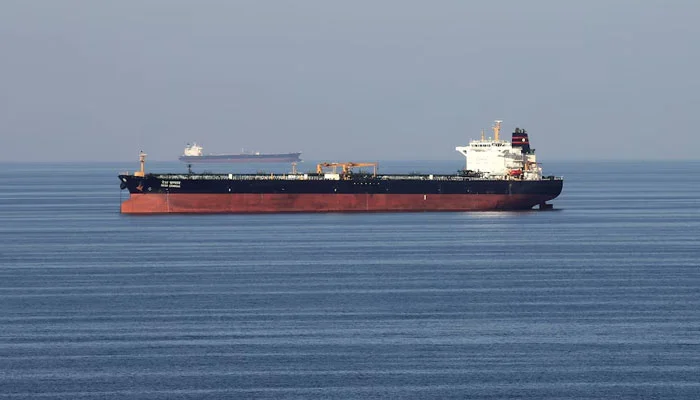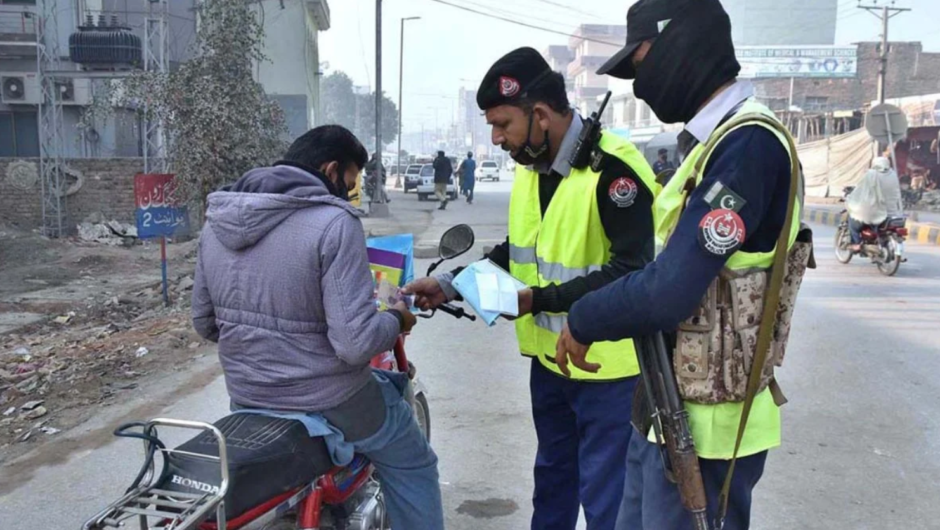Geopolitical Context and Escalation
Amid intensifying hostilities between Iran and Israel, Tehran is reportedly considering a drastic measure: closing or blocking the Strait of Hormuz. The state-run Press TV quoted parliamentarian Esmaeil Kosari, a member of Iran’s security commission, saying the option is “being seriously considered” in response to what Iran perceives as Israeli aggression involving missile and airstrikes . The timing aligns with renewed missile exchanges between the two nations, raising fears that Iran may retaliate by targeting this vital maritime chokepoint.
Strategic Importance of the Strait
The Strait of Hormuz is a narrow maritime corridor connecting the Persian Gulf to the Gulf of Oman and the wider Indian Ocean. On average, about 18–20 million barrels of oil—which equals roughly 20% of global oil consumption—pass through it each day . The waterway also handles around 20–30% of the world’s liquefied natural gas (LNG) supply, making it a crucial artery for global energy and trade .
Iran’s Military Capabilities and Strategy
Iranian military officials, including IRGC Navy chief Rear Admiral Alireza Tangsiri, have acknowledged that the country possesses both the intent and capability to disrupt passage through the strait. Tangsiri emphasized that Iran retains the option to close the route, although its current posture is defensive, given that Tehran still depends on the strait for its own oil exports. Iran’s strategy would likely rely on anti-access and area denial (A2/AD) tactics: deploying naval mines, small missile boats, drones, and submarine-laid mines to harass or delay shipping .
Potential Market and Economic Effects
News of Iran contemplating a closure caused an immediate market reaction. On Monday, Brent crude surged nearly 7%, rising to about $74.87 per barrel, while U.S. WTI climbed to $73.74 . Energy analysts warn that a full strait closure could drive prices above $100–150 per barrel, significantly affecting global inflation and destabilizing economies . UK Chancellor Rachel Reeves cautioned that ongoing tensions may further push up inflation, delay interest rate reductions, and necessitate budgetary adjustments .
Market Resilience and Risk Mitigation
Despite the sharp price rise in futures markets, physical trading markets remained calmer. According to analysts at Goldman Sachs and Citi, large-scale disruptions remain unlikely unless the strait is fully blocked. While short-term price spikes are possible, they expect the market to stabilize in 2026 due to alternative supply growth . Some shippers, including tankers managed by Frontline, have already paused new contracts through the strait. Those still operating are sailing in naval-protected convoys amid rising insurance costs . Greece and the UK have issued advisories for merchant vessels to avoid transiting the region, citing safety concerns .
Global Energy Supply Routes and Alternatives
While the world lacks a direct substitute for the Strait of Hormuz, some Gulf producers have invested in pipeline infrastructure to bypass it. Saudi Arabia and the UAE maintain pipelines exporting to the Red Sea, and Iraq is pursuing a revival of its Kirkuk-to-Ceyhan route to Turkey. However, most Gulf states—including Qatar, Kuwait, and Iran itself—have no immediate alternatives to Hormuz .
Iran’s Calculated Risk Assessment
Despite its military capabilities, Iran acknowledges the downsides of closing the strait. Analysts from the Institute for the Study of War and RAND Corp argue the move would be “economic self-sabotage,” potentially crippling Iranian oil exports and damaging its own economy. Furthermore, the international reaction—military, diplomatic, and economic—would likely be swift and forceful .
Historical Precedents of Strait Tensions
Iraan has previously used the threat of closure as leverage. In 2011‑12, during its dispute with the West, Iranian leaders warned of shutting the strait, prompting a U.S.-led flotilla response . Despite multiple military exercises and threats, Iran has refrained from fully blocking the passage. The repeated warnings serve as geopolitical pressure tactics without triggering full-scale conflict.
Regional Security Architectures
To safeguard the Strait, international coalitions patrol the region. The U.S.-led International Maritime Security Construct (IMSC) and the European Maritime Awareness in the Strait of Hormuz (EMASoH) maintain naval and aerial presence in the Gulf to deter Iran from disrupting navigation . Their mandate includes ensuring freedom of navigation and monitoring potential threats—an acknowledgment of the strait’s strategic vulnerability.





